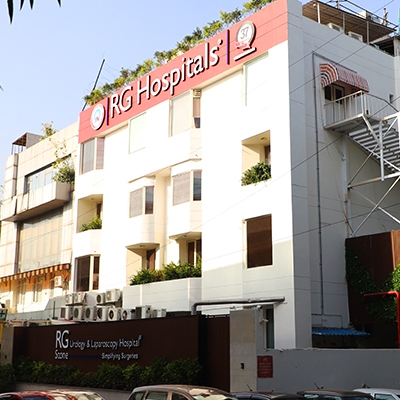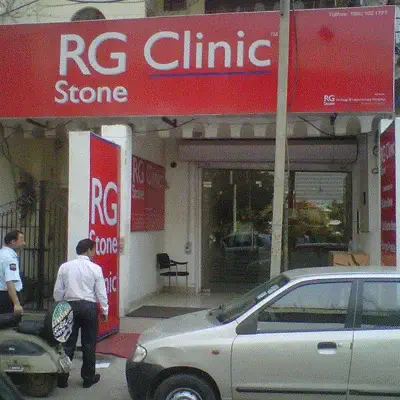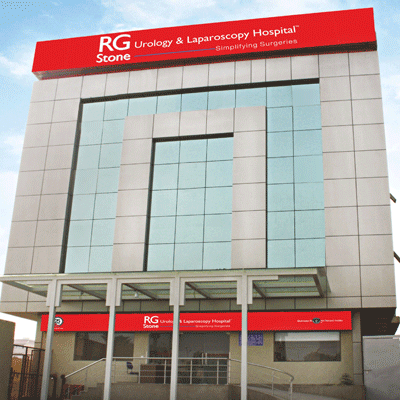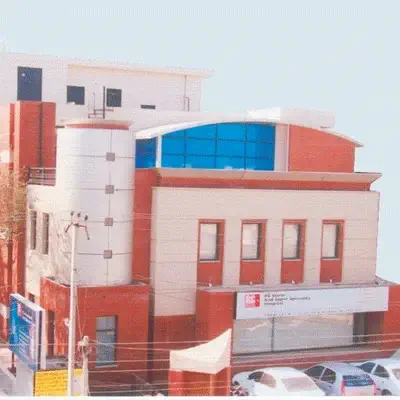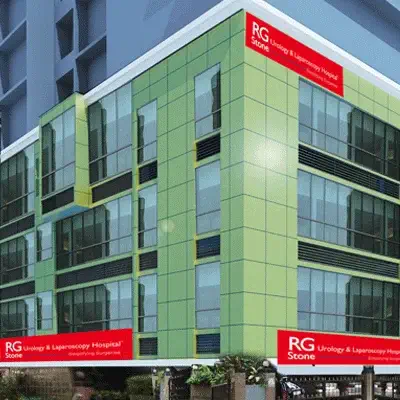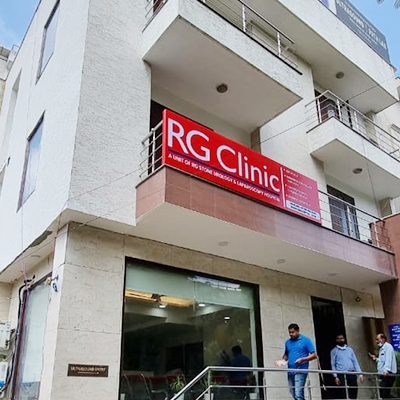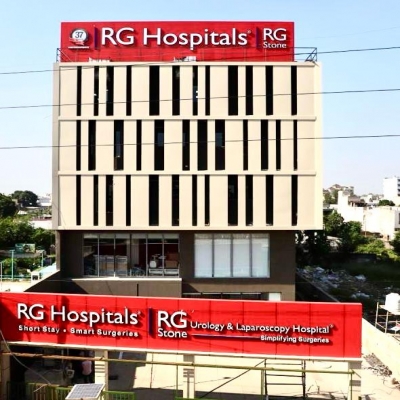Painful Bladder Syndrome (PBS), also known as interstitial cystitis (IC), is a chronic condition characterized by bladder pain, pressure, and discomfort, often accompanied by frequent and urgent urination. Unlike common urinary tract infections, PBS does not involve bacterial infections, and its exact cause remains unclear. It may be linked to bladder inflammation, nerve dysfunction, or a compromised bladder lining. Symptoms can vary from mild discomfort to severe pain, significantly impacting daily life. Though there is no definitive cure, various treatments aim to manage symptoms and improve quality of life.
Procedures & Interventions
This surgical procedure enlarges the bladder using a segment of the intestine to improve its capacity and reduce symptoms like frequent urination and incontinence. It is often recommended when the bladder has lost elasticity or has become too small to store urine effectively.

This surgical procedure enlarges the bladder using a segment of the intestine to improve its capacity and reduce symptoms like frequent urination and incontinence. It is often recommended when the bladder has lost elasticity or has become too small to store urine effectively.





Team of Excellence
Behind every recovery story at RG Hospitals is a team of exceptional doctors whose passion for healing and innovation continues to transform healthcare and redefine patient outcomes.
Find a DoctorLooking for an Expert
RG Hospitals is proud to be the home of some of the world's most distinguished doctors.

Patient Stories
View AllPatient Testimonial | Commitment To Care
Treated by Dr. Manoj Gupta , RG Stone Hospital, Dehradun
- All Locations
- New Delhi
- Haryana
- Punjab
- Kolkata
- Chennai
- Mumbai
- Goa
- Uttar Pradesh
- Uttarakhand


